Rescuing a Vintage Dorado by Gretsch
Builder/Blogger: Steve Eubanks
I picked up this Dorado model 5965 by Gretsch at auction as part of a batch of vintage guitars. The best history I could find on this guitar comes from a post from Mike Jones on the Gretsch Talk forum back in 2010.
The Dorado guitars were made by Matsumoko of Japan between 1971 and 1973. The most intersting thing is, other than minor cosmetic differences, Matsumoko made the exact same guitar for Epiphone, Aria, Conrad, Granada and Lyle, though less so, their acoustic guitars. The ones that were marketed by the other companies were manufactured between 1970 and 1976. The Headstock design seem to be the only real variable on all of the models. As to why they were distributed by Gretsch, there was a long standing rumor that the Dorado was imported by Gretsch/Baldwin to make up for the lack of inventory after the Booneville factory fire in January 1973 destroyed the Gretsch production facility. While a plausable theory, It doesn't work with the time line. It appears to be more of a deal worked out by Fred Gretsch (still on the Gretsch/Baldwin Board of Directors) and Bill Hagner to work with Japanese suppliers. Gene Haugh told me that the decision to import was made in the spring of 1972 by Baldwin and Fred Gretsch. The first catalogs with Gretsch's name appeared in the fall of the same year and offered only acoustic models. In the 1973 catalog they offered an electric 6 string solid-body as well as a solid-body 4 string bass. ... A little known fact that you might enjoy. Gene told me that Fred brought a Dorado acoustic to Booneville one day in early 1972. According to Gene, Fred had put some masking tape over the logo, came into Gene's office and asked him to try it out. Gene played around with it for a few minutes then Fred asked him how he thought it played and what he thought it was. Gene said it played great and thought it was a Gibson. Fred peeled the tape off to expose the Dorado logo and said "That's what I thought too. Were gonna start distributing these." Gene told me he didn't care much for the electric solid body model's finish but the acoustics were as good as anything anyone was making during those days. Dorado had 3 logos. Plain Gold screen in fat block letters, Gold silk screen normal block letters in 1971-72 and in 1973 they introduced a Stylish in-laid mother of pearl logo. www.gretsch-talk.com/threads/dorado-by-gretsch-mij.15449
Based on the early serial number, and the style of the logo, I believe this is a 1971 model. It came to me in decent condition with a few significant needs, as can be seen in the photos below. The headstock was the main issue with missing and broken tuners, a truss-rod cover at the end of its life, and a weird eye bolt through a zip tie that I absolutely cannot explain. The bridge needed a reset, the plastic, inlaid fretboard markers were warped and cracking, and the frets were worn to almost nothing. The finish checking is extensive, but not harmful in any way, and in my opinion really contributes to the vintage vibe of this 50+ year old guitar.
The headstock got a thorough cleaning, and I filled years of random tuner holes that had been drilled into the back. The back of the headstock got a couple coats of oil to protect the existing work finish, and it was outfitted with a set of new, vintage-style, locking tuners from Guyker. The truss-rod cover was a lost cause, so I made a new one, and too the opportunity to leave the CalStyle mark in an unobtrusive location. As you can see in photo below, I also replaced the zero fret with a bone nut.
The bridge on this guitar is interesting in a couple ways. First, it had this wild, twisted steel bar for a saddle. I didn't like the sound of the steel saddle, so I replaced it with a compensated bone saddle, but I kept the other unique feature. The little metal holder that the saddle sits in allows for the height of the saddle to be adjusted, giving the ability to adjust the action from both the nut and the saddle, which is pretty unusual on an acoustic guitar.
The rosewood fretboard itself was in pretty good shape. It needed just a little truss-rod adjustment to take out a slight bow, and then a light sand, and some oil to freshen it up. I removed the 50 yr-old original frets and replaced them with new nickel-steel frets, including a full level, crown, and polish. I would have loved to have saved the original inlaied markers, but they were just too warped and cracked, so I replaced them with some beautiful abalone shell markers.
A new set of strings, new bridge pins and a light polish put the finishing touches on this project. The vintage look, and the warm, aged tone on this instument make it a real gem that I hope will still bring music to the world in another 50 years.





























